My parents were recently doing some renovations to their home, and one thing they wanted to address was all the jalousie windows. While they didn’t necessarily want to remove them completely, they knew I’d probably be able to come up with some suggestions. So, they asked me how to seal jalousie windows.
Although these aren’t super common windows, I figured this information would be helpful for others facing the same problem. I discuss in another article how to soundproof standard windows, but jalousie windows present some unique issues.
So, in this article, I’ll cover how to soundproof jalousie windows.
Why Should You Insulate Jalousie Windows?
Also known as louver windows, jalousie windows are made from slatted pieces of glass or acrylic, or sometimes wood. All the slats are joined to a track, allowing them to be tilted open or shut. As such, they’re great as far as a sliding window goes for ventilation, although old jalousie windows can be far too drafty.
The main advantage is that jalousie windows make it easy to let in a breeze, meaning they’re perfect for a porch or summer house. But obviously, this also leads to excessive drafts and lots of bugs and dust. If it wasn’t already clear, you can never completely seal jalousie windows like you can normal windows.
As such, there are a few benefits to insulating a jalousie window. These include:
- Reducing air leakage, in turn improving the window’s soundproofing.
- Air leakage also affects air conditioning or heating, as it lets the cool or warm air escape. More than anything, this impacts your home’s energy efficiency.
- Preventing dust and bugs from getting in your home.
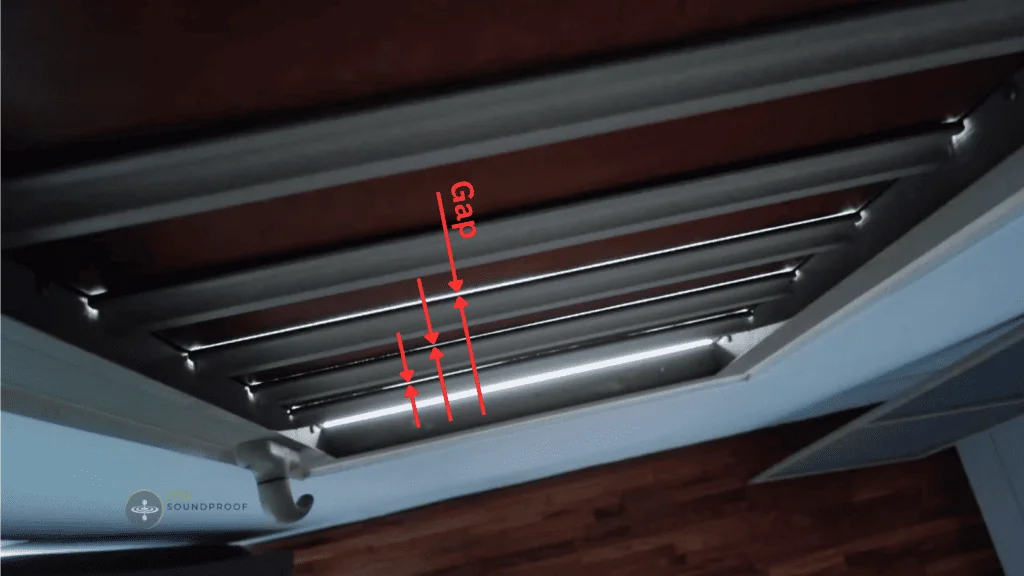
Jalousie windows will be a bit of a pain to properly soundproof. Along with the normal restrictions of windows (thin glass, prioritizing visibility, etc.), we have to deal with lots of individual slats. This means some solutions will be time-consuming, although others will be a bit simpler.
The Best Way to Insulate Jalousie Windows
Use Vinyl or Weatherstripping to Seal Jalousie Windows
Luckily, there are dedicated products available to help us soundproof jalousie windows. One such product is these vinyl slat covers. Their purpose is to make the slats fit more tightly together, reducing the gap between them.

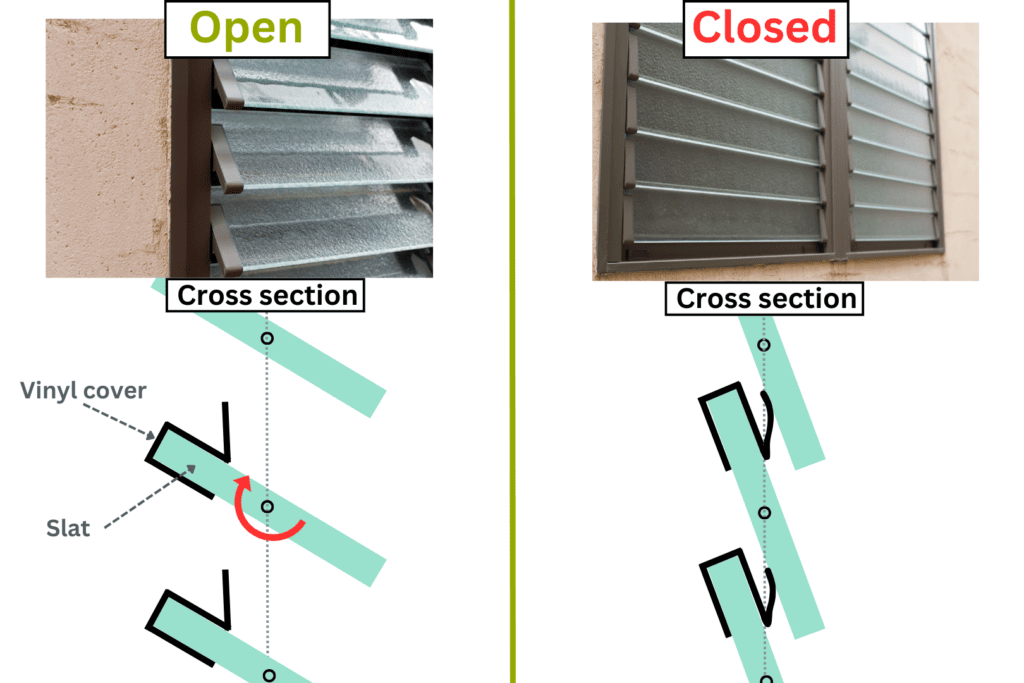
It’s not particularly difficult to fit them, so just follow these steps:
1. Wash and Dry the Glass Slats
The first stage is to prep your jalousie slats. Wash them with soapy water and ensure they’re fully clean and dry. Doing so helps everything fit together tighter by removing dust and debris.
Warm water and dish soap will be fine. If they’re not particularly dirty, normal window cleaner or white vinegar will be enough.
This process will be much easier if you can completely remove the glass panes from the frame, which is usually possible. They might slide out or you might need to unscrew brackets.
2. Cut the Vinyl to Length
Most vinyl slat covers come in a roll (much like weatherstripping). As such, you’ll need to cut lengths to fit your jalousie windows. In theory, every slat should be the same length, so measure one and cut enough pieces to fit the whole window.
3. Slip the Vinyl onto the Slats
Each slat should have a piece of vinyl fitted over a long side. When the window is reassembled, it’ll be the top-facing long side. This is a pretty straightforward step, so just work through the slats until each one has a piece of vinyl fitted on it.
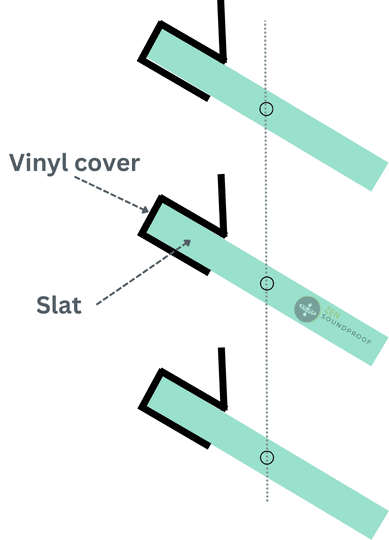
4. Reinstall the Slats
Again, this is an easy step. Simply fit the slats back into the frame. Open and close the slats to test if the vinyl is doing what you need it to.
Alternatives for Insulating Jalousie Windows
Vinyl edging is probably the most effective option for insulating jalousie windows. Although not super expensive, there are cheaper and easier options out there. These include:
Install Soundproof Curtains
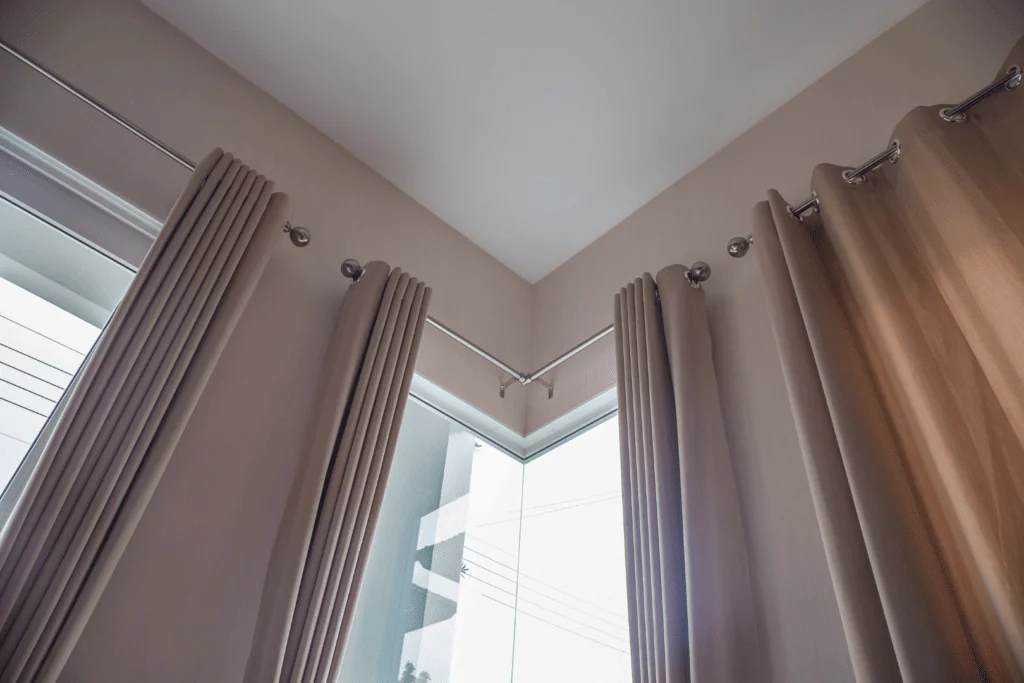
Soundproof curtains are a convenient way to insulate windows without it being too obvious. They look like normal curtains, except they have extra layers of thick material hidden behind the lining.
Curtains will help cut out drafts and stop bugs (to some extent) and dust from getting into your room. Obviously, this is only the case when the curtains are shut, meaning you’d need to have them shut during the day for these benefits.
However, even a soundproof curtain won’t cut out loads of noise. They’re not really thick or dense enough to block noise to the same extent as other soundproofing products. In real terms, we can expect a decrease of about 2dB, which isn’t amazing.
Fit a Window Insert
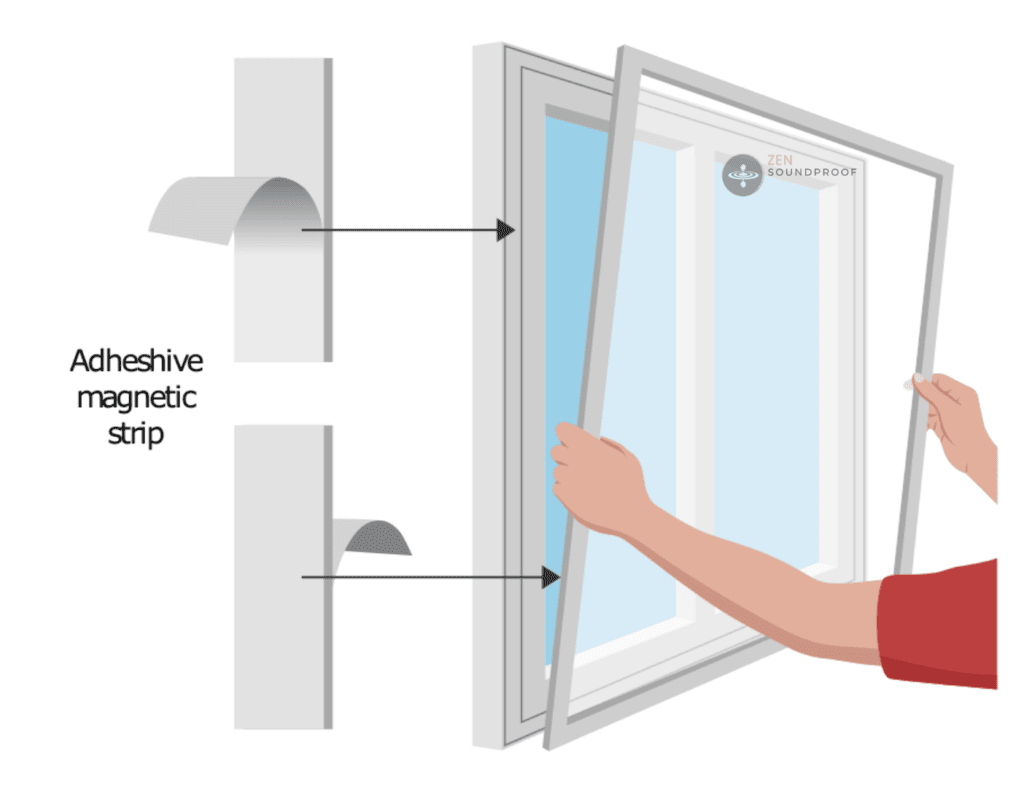
Another option is to fit a window insert, also known as storm windows. I’ve written a full article on how to build a DIY window insert, so check that out for a more in-depth discussion.
The bottom line is that a storm window is made from acrylic or similar material, which helps to block noise coming through the window. Using a transparent material means you don’t lose visibility through the window. It sits on the window sill and forms a snug fit around the window structure.
A well-fitted window insert can have a noticeable impact on noise coming through the window. Similarly, it can reduce drafts and prevent bugs and dust from getting in.
However, a window insert consists of a single piece of acrylic. As you can probably imagine, this renders the function of a jalousie window obsolete unless you remove the insert first. That said, window inserts are generally fairly easy to take out, so it’s not a massive inconvenience.
Install a Window Plug
A window plug is much like an insert, except it uses soundproofing materials like mass loaded vinyl and foam instead of acrylic. It can provide far better sound-blocking properties as a result but sacrifices visibility as well as airflow.
I’ve written an article on how to build a window plug, so check that out for all the materials you’ll need. Bear in mind, this is a more drastic solution because it’ll completely block air and light. But if you’re serious about having a soundproof window, it’s worth the effort.
Ineffective Solutions for Soundproofing a Louver Window
Unlike normal windows, there are a few solutions that just won’t work with an acoustic jalousie window. This is mainly because we’re dealing with a different design than normal windows, meaning we have to address different weaknesses.
So, if you plan to make acoustic jalousie windows, avoid the following:
Acoustic Caulk
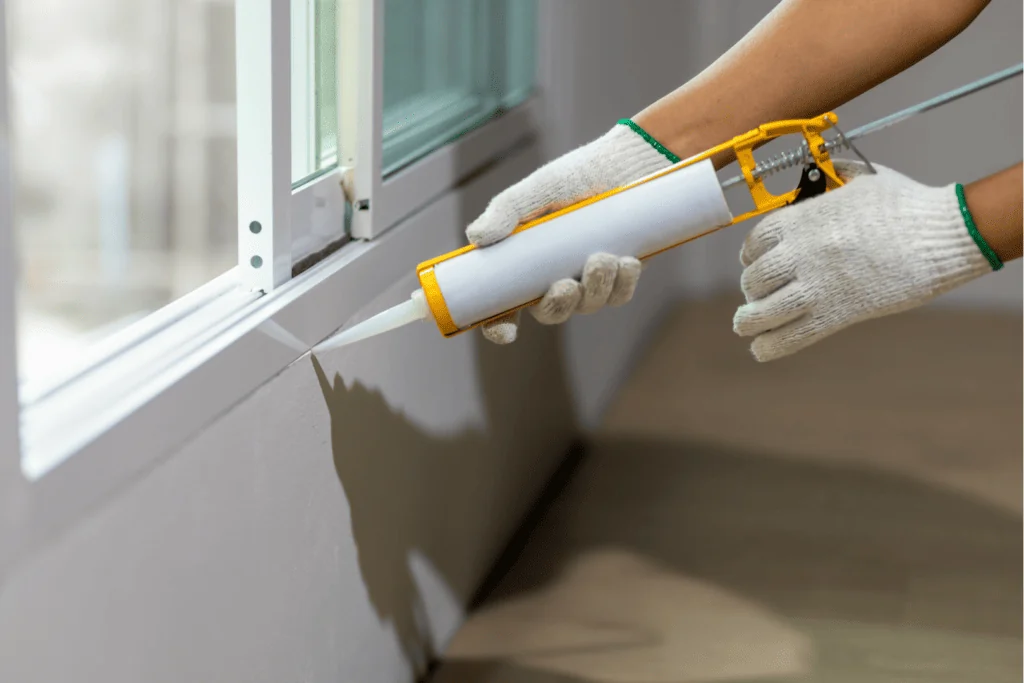
Acoustic caulk is a regular go-to when it comes to soundproofing windows. However, we typically apply it between the actual window frame and the surrounding wall rather than around the panes.
As such, it’d be useless for addressing the problems we’re facing with jalousie windows: the slats. We couldn’t apply acoustic caulk between the slats because it’d permanently seal them.
We could theoretically add a bead of caulk to the edge of each slat, much like how we did with the vinyl above. However, it wouldn’t create a tight enough seal between the slats and wouldn’t add any effective sound damping. In short, there’s not much acoustic caulk can do for us here.
Blinds and Soundproof Shutters
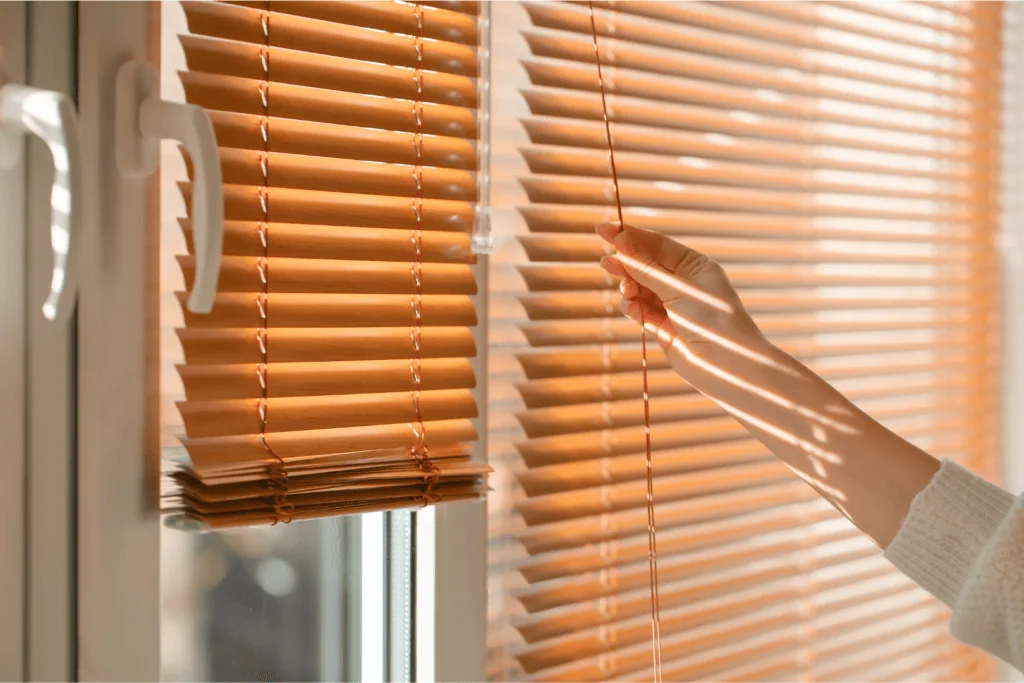
If you’ve ever had blinds or shutters on a window, you should already know that installing blinds won’t be much help here.
First, neither blinds nor shutters are airtight, which is one of our main concerns with sealing jalousie windows. By extension, both products will let in sound through these air gaps, as sound waves act much like heat energy when it comes to escaping through small gaps.
Also, blinds are far too light to provide any soundproofing benefits. Blocking sound requires heavy and dense materials, and blinds are neither of these things. You could use a soundproof blanket in place of a blind, but you might as well just fit soundproof curtains instead.
Finally, shutters let in light and air, and air gaps are a big deal when it comes to soundproofing. As I explain in my article on mass loaded vinyl, leaving just 1% of an area unsealed can reduce its sound-blocking properties by 50%.
So, the bottom line is that blinds and shutters won’t do anything of value for us when it comes to how to seal jalousie windows. You’d be better using the heaviest and densest material you can find as curtains instead if you didn’t want to use the vinyl slat edges.
Final Thoughts
I hope this article has given you some options for sealing your jalousie windows. Aside from completely replacing them, your best bet is to use vinyl or weatherstripping to make the slats fit together tighter.
Have you tried to soundproof jalousie windows and faced difficulties doing so? Did you come up with any tips I haven’t mentioned here? Let me know in the comments below if you have because I’d love to add them for others to read.
